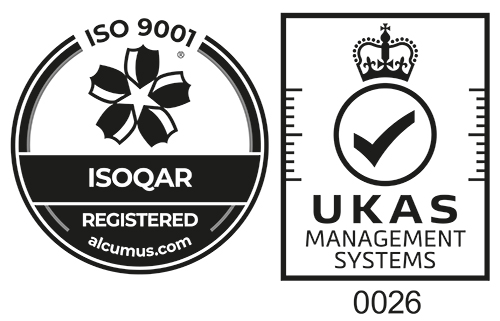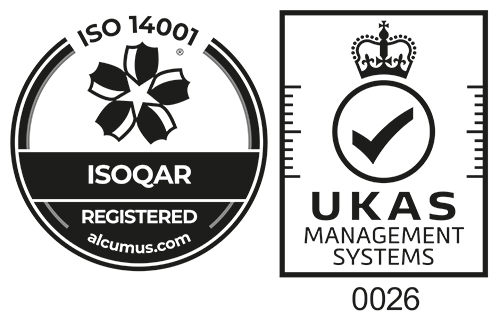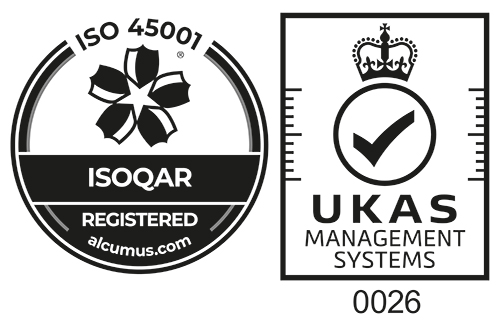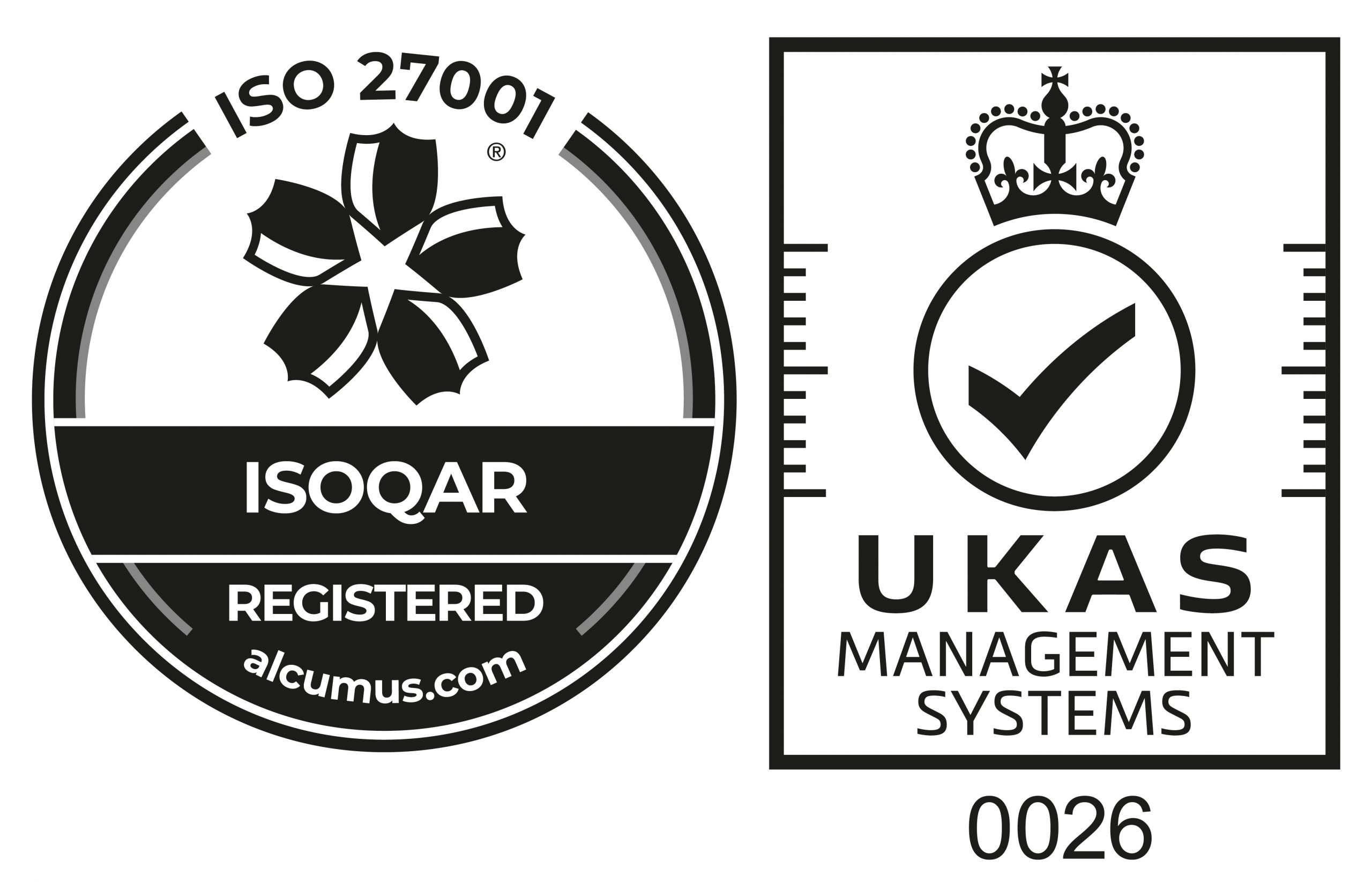The issue of health, safety and environment (HSE) remains one of the top priorities in the local, regional and global construction industry.
 Efficient health and safety at workplace not only ensures that employees are happy and productive, but can also help to reduce both the human and business costs of injuries and unnecessary lawsuits. By making health and safety the priority, construction companies are effectively communicating that competent employees are a valuable resource in the industry. Additionally, improved health and safety standards help companies become more effective to finish projects on time and improve their business profile with customers and clients. By introducing basic health and safety standards, organisations can understand the human capital benefits this has across the company.
Efficient health and safety at workplace not only ensures that employees are happy and productive, but can also help to reduce both the human and business costs of injuries and unnecessary lawsuits. By making health and safety the priority, construction companies are effectively communicating that competent employees are a valuable resource in the industry. Additionally, improved health and safety standards help companies become more effective to finish projects on time and improve their business profile with customers and clients. By introducing basic health and safety standards, organisations can understand the human capital benefits this has across the company.
Management must not only provide their workers with the right safety tools at work, but also equip and induct them with understanding on proper use and maintenance of these tools. Several organisations, for instance, focus on educating and explaining HSE rules and regulations to employees, contractors and vendors, as well as utilising industry experience to implement such standards.
HSE standards and technical specifications must first be discussed and implemented before any person steps onto any construction site, whether in an established building or a new site. Also, gaps between local and international HSE standards can be bridged through an approach that involves a method statement, risk assessment and job safety analysis.
- Method statement:
A method statement is a standard document widely used in the construction industry. It details specific instructions on how to perform a work-related task, including how to operate a piece of machinery or equipment.
This breakdown of tasks is essential in a workplace where a large part of the workforce is unskilled and lacks general knowledge in HSE standards. In addition, the method statement includes how this process should be completed for both employees and contractors throughout the duration of the project. A method statement features a step-by-step process on how to implement HSE standards, must be prepared for each task on a particular worksite and then included in the overall construction safety plan, ensuring that HSE standards have been taken into account for every section of the project. The document is a testament to the fact that workers are a priority, which in turn means they will remain happier and more productive.
Another vital component of the method statement is considering worker welfare and the long-term benefits that this has on raising the health and safety standards throughout the industry. Considering that many labourers come from countries where their worksite safety is not treated as a key concern, it is important to educate workers with the basics of HSE standards.
- Risk assessment:

Risk assessment determines the quantitative or qualitative value of risk on a particular worksite and any recognised hazards. Risk assessment is a core component of HSE standards and is also an opportunity to focus on what might cause serious harm to people, and determine whether an organisation or company is taking the necessary preventative measures to tackle it. During a risk assessment, there is a valuable opportunity to identify sensible measures to control in the workplace and to think about how accidents may happen and concentrate on the very real risks that are involved.
Most accidents are more likely due to the lack of workers’ knowledge of health and safety. However, the problem can be addressed through regular training programmes and safety talks.
Risk assessment can be broken down further into two parts: a hazard, anything that may cause harm; and the risk, the chance that an individual may be harmed by a hazard along with a suggestion as to how serious this harm could be. An organisation should concentrate on both of these components as HSE standards remain applicable to all aspects of the construction industry.
- Job safety analysis:
Job safety analysis focuses on identifying and controlling workplace hazards, and aims to prevent personal injury to any operative working there or that may be passing by. During this phase, the company determines which job/task needs to be analysed as a risk or hazard, followed by breaking this down into a step-by-step sequence. This ensures that nothing is missed, and health and safety remain integral parts of each and every job. It is important to follow it up by categorising potential hazards, with the final step being implementing measures to overcome these hazards. Once more, by focusing on identifying and controlling workplace hazards, workers’ welfare remains at the core importance of a construction organisation. This then leads to motivated workers who understand the implications of these hazards and how to avoid personal injury.
The role of management:
 While method statement, risk assessment and job safety analysis are critical parts of HSE standards, this must be coupled with the role of management and their workers’ welfare. All these factors combined will help successfully implement HSE standards for the long-term benefit of organisations and more importantly workers. Instilling the knowledge and understanding of HSE standards among unskilled labourers through proper induction and training should start by focusing on the basics. This includes giving an overview of Personal Protective Equipment (PPE), which is a another vital component of onsite safety and refers to protective clothing, safety reflective vests, safety helmets, hard hats, goggles or other garments or equipment that are designed to protect the wearer’s body from injury.
While method statement, risk assessment and job safety analysis are critical parts of HSE standards, this must be coupled with the role of management and their workers’ welfare. All these factors combined will help successfully implement HSE standards for the long-term benefit of organisations and more importantly workers. Instilling the knowledge and understanding of HSE standards among unskilled labourers through proper induction and training should start by focusing on the basics. This includes giving an overview of Personal Protective Equipment (PPE), which is a another vital component of onsite safety and refers to protective clothing, safety reflective vests, safety helmets, hard hats, goggles or other garments or equipment that are designed to protect the wearer’s body from injury.
This overview must be done in basic terms and include a demonstration; with simple, supporting images to reiterate their point; along with a construction manager who can communicate it in the best way. This gives the workers an opportunity to ask any additional questions and further familiarise themselves with HSE standards. By implementing these measures, workers become more proactive when it comes to health and safety and what it really means to them. Some safety issues under management’s role include proper signage on site, and warning the workers and other visitors about potentially dangerous parts on site.
Source: Construction News






